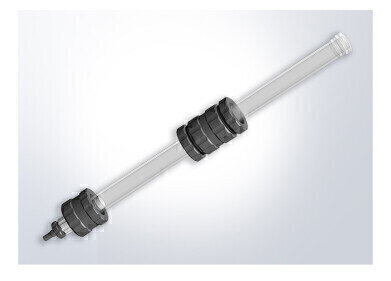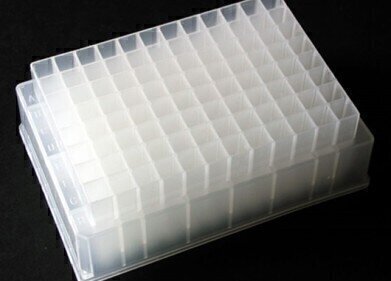-
 New methods measures every movement to see how they differ from a typically developing person
New methods measures every movement to see how they differ from a typically developing person
Preparative
New quantitative analysis could pinpoint autism treatment
Jul 31 2013
A new method has been developed for pinpointing beneficial therapies for children diagnosed with autism. Researchers from Rutgers University and Indiana University School of Medicine have released information on a quantitative analysis method that will assess the way a person moves. The screening method allows for diagnosis and longitudinal tracking of autism within children aged over three.
The research has been published in the journal 'Frontiers in Neuroscience' and is entitled 'Autism: The Movement Perspective'. It involves the real time tracking of an individual's movements via a computer programme.
The programme is able to detect each person's unique systematic signatures, which can provide an earlier diagnosis of autism. Not only can an individual be diagnosed at an earlier point than traditional analysis methods allows, but a more accurate diagnosis is also possible.
Doctor Jorge Jose, vice president of research at Indiana University, said: "This research may open doors for the autistic community by offering the option of a dynamic diagnosis at a much earlier age and possibly enabling the start of therapy sooner in the child's development."
Traditional diagnosis methods have concentrated on subjective opinions of an individual's social interaction tendencies. People are also assessed on their restricted and repetitive interests and behaviours. This method does not allow for an accurate diagnosis and means that a disorder can be missed or diagnosed late.
The new system of diagnosis enables individual inherent capabilities to be identified by factoring in the importance of movement and the ability to sense movement. This means that a diagnosis is more in depth and takes into account more than just a child's impairments when it comes to movement.
The new quantitative analysis method is able to measure each tiny movement, enabling the full assessment of how a person's movements differ from those that develop in the typical way. It also highlights how these movements could become predictive. This method is suitable for pinpointing treatment options even in non-verbal autistic children and can still successfully diagnose subtypes of the disorder.
“We can estimate the cognitive abilities of people just from the variability of how they move,” continued Doctor Jose. “This may lead to a complementary way to develop therapies for autistic children at an early age."
Events
Jan 20 2025 Amsterdam, Netherlands
Feb 03 2025 Dubai, UAE
Feb 05 2025 Guangzhou, China
Mar 01 2025 Boston, MA, USA
Mar 04 2025 Berlin, Germany











